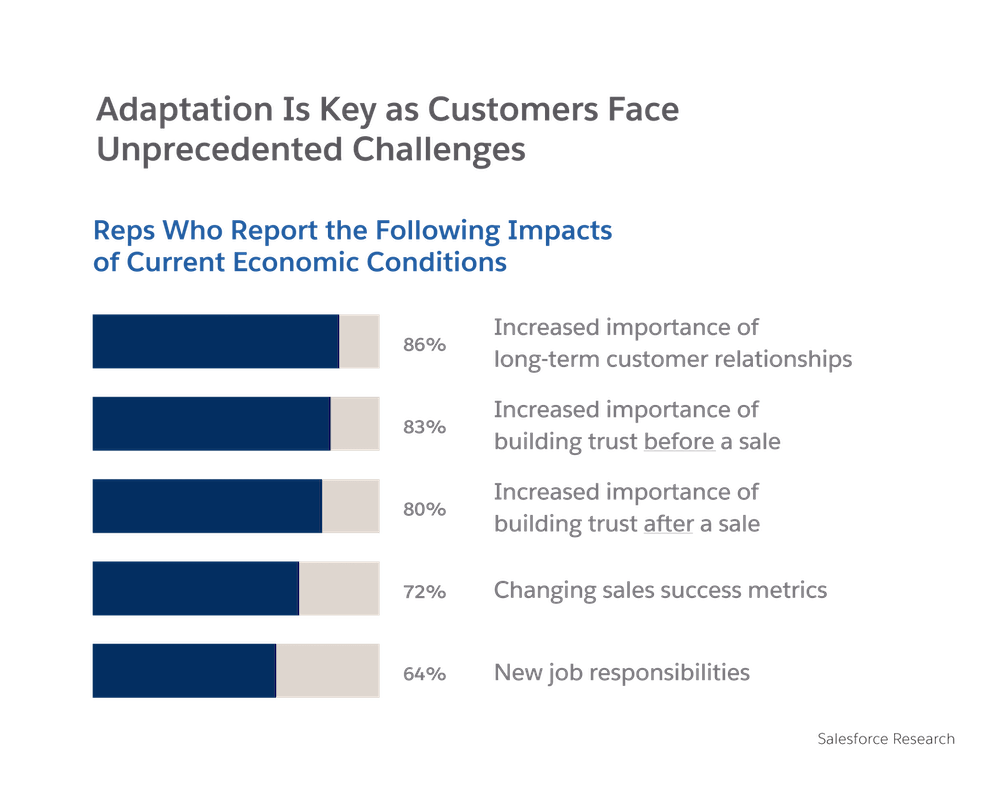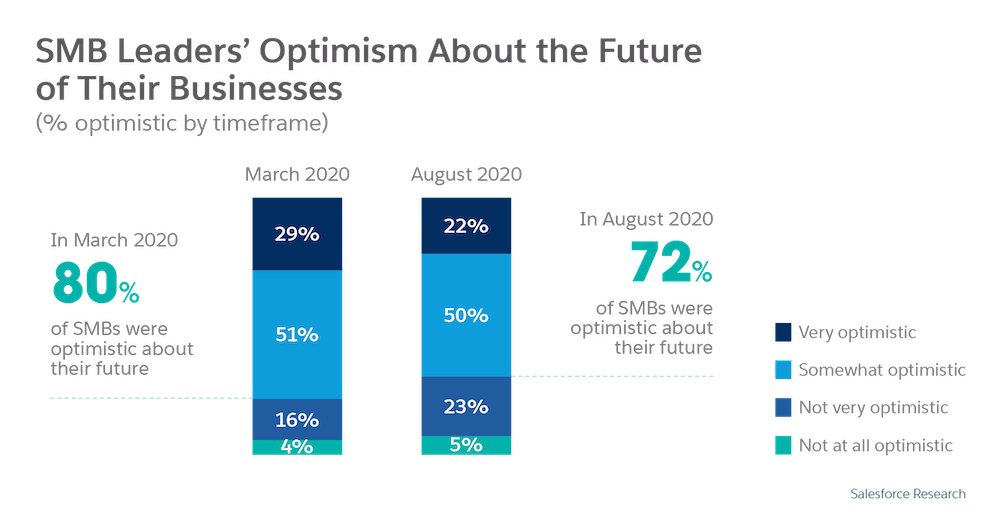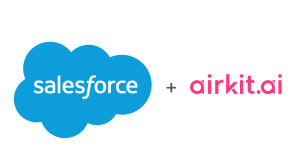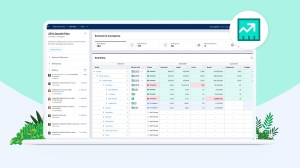Digital transformation is now the key driver for preserving continuity in sales and other business processes.
From enterprises to small businesses all around the world, the past six months have brought profound change for mission-critical business processes of all kinds, including sales. Above all, sales professionals are working to digitally transform many aspects of their work, in response to today’s all-digital work and buying trends.
In fact, Salesforce’s latest State of Sales report shows that 84 percent of sales operations professionals say digital transformation has accelerated since 2019. In addition, 72 percent of them report that their usual metrics for sales success are rapidly changing.
These were among the topics I discussed in a recent Cheddar interview. A video replay is available here.
This is a very transformative moment for those in sales, especially for those in outside-sales. Virtual selling is the new normal, and sales reps everywhere are retooling their processes and reskilling for a new selling landscape that places emphasis on digital interactions and contactless services.
Of course, sales professionals are increasing their use of technologies that can make human interaction digital, such as videoconferencing and interactive mobile apps. Meanwhile, technology companies are delivering applications and platforms that can digitally transform sales processes, and also pave the way for returning to work and growth. Here are a few examples from Salesforce:
- Einstein Video Call Coaching. This AI-driven technology gives sales managers the ability to see insights and trends that are surfaced within conversational data. Many inside sales teams have adopted it.
- Salesforce Meetings. A new meeting management system that helps reps be better before, during and after sales calls. Before meetings, sales reps have a 360 view of all meeting attendees on a single screen — including customer history, open service cases and attendee bios. Once the meeting starts, both the presentation and the presenter are shown together for a more engaging, human connection. And after the call, reps can log notes for internal collaboration with Salesforce Anywhere and move deals forward faster with automated action items.
- Digital 360. This platform combines Salesforce’s industry-leading Marketing Cloud, Commerce Cloud and Experience Cloud with expert services, a broad partner ecosystem and Trailhead on-demand learning to put customers at the center of every interaction online.
- Salesforce Field Service. This set of tools equips teams across industries with AI-powered tools to deliver safe and trusted in-person service when necessary, but can also triage for when contactless service will be most appropriate.
- Work.com. New technology tools and resources that help organizations and teams plan for returning to normal work processes and reopening safely.
The pandemic has forced a triage on companies. When the business and sales landscape began to dramatically shift back in March of this year, it became clear that various industries are impacted in different ways by the COVID-19 crisis. Many consumer product, healthcare and technology companies are optimistic as they are growing, while other companies in hospitality, brick and mortar retail and manufacturing continue to face enormous challenges.
Back in April and May, I was often asked “are people still buying?” and “should I be selling?” The last six months have shown us that buying is still going on, and as we move toward the end of the year, and the holiday season, commerce will continue to pick back up. However, in the new digital environment, it is more important than ever to show empathy for customers and their situation and let them set the pace of communication and the buying process, because it is never clear exactly what is going on on the other end of the phone.
At Salesforce, we are also closely monitoring the profound impact that the crisis is having on small- and medium-sized businesses (SMBs). Here is a very important thing to realize about SMBs: The number one thing that they are focused on right now is the health and safety of their employees. They want to make sure that if and when they can open back up, they do so in a safe manner. SMBs are the lifeblood of communities, and it is very important that they continue to sell and do business during this difficult time. They are looking for help from both the government and the communities they serve. At the same time, our data shows that SMBs are feeling significantly less optimistic, minus 7 percent, about their futures than they were just a few months ago [March vs. August 2020].
Many SMBs have spent the last six months investing in digital technologies to allow them to continue to conduct business in this very challenging time. They are trying to get back to work and return to some sense of normalcy. The good news is that many SMBs have risen to the challenge by making more digital investments using their size and flexibility to innovate faster than large enterprises are able to do. This is helping many of them digitally transform beyond the obvious ‘work from home’ requirements. Sales and service organizations are investing in video conferencing, artificial intelligence, mobile sales apps, CRM and sales prospecting in order to keep their businesses as healthy as possible.
COVID-19 has changed the way both B2B and B2C companies sell forever. Nearly everyone in sales is now a virtual, remote seller, and while it is unknown how much of that shift will remain after the pandemic, early indication is that the changing dynamics will remain mostly true even when it’s safe for us to go back to the office and meet customers face-to-face. I’ve talked to tens of thousands of people in the sales industry about growth and innovation, written a book about it, and today I host a podcast about it. What if you are a sales professional struggling to shift in response to the current environment? In this post, I’ve rounded up 10 of the most common questions that I am currently hearing from the sales community, and provided answers. By adjusting in agile ways, the sales community can not only endure this time, but pave the way for new and effective processes going forward.



















